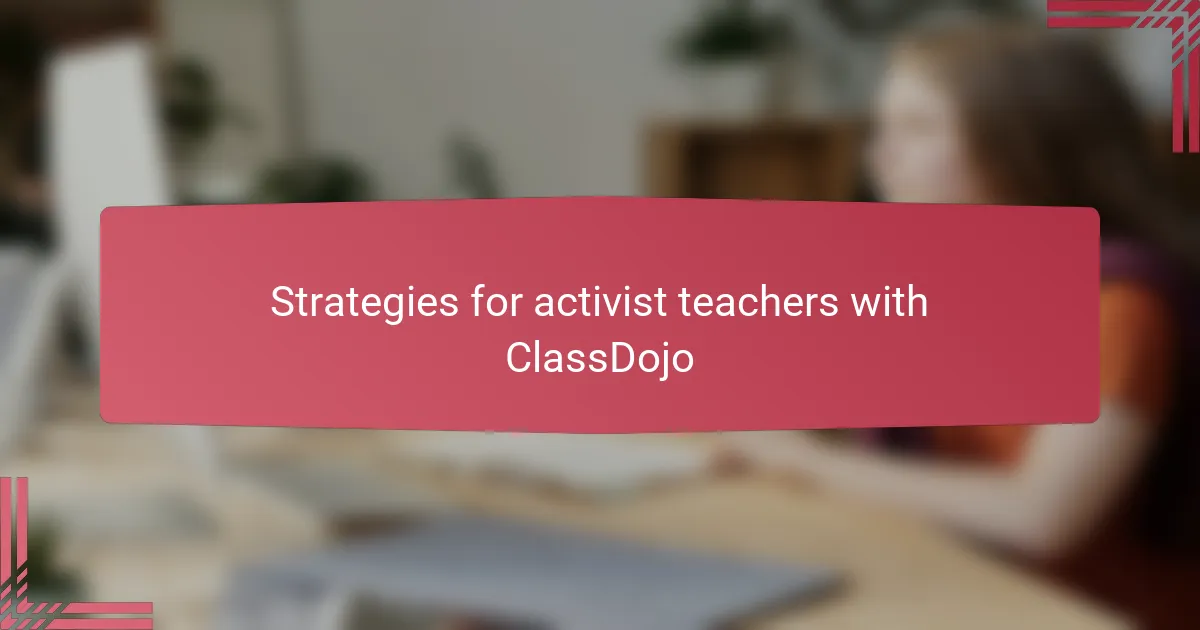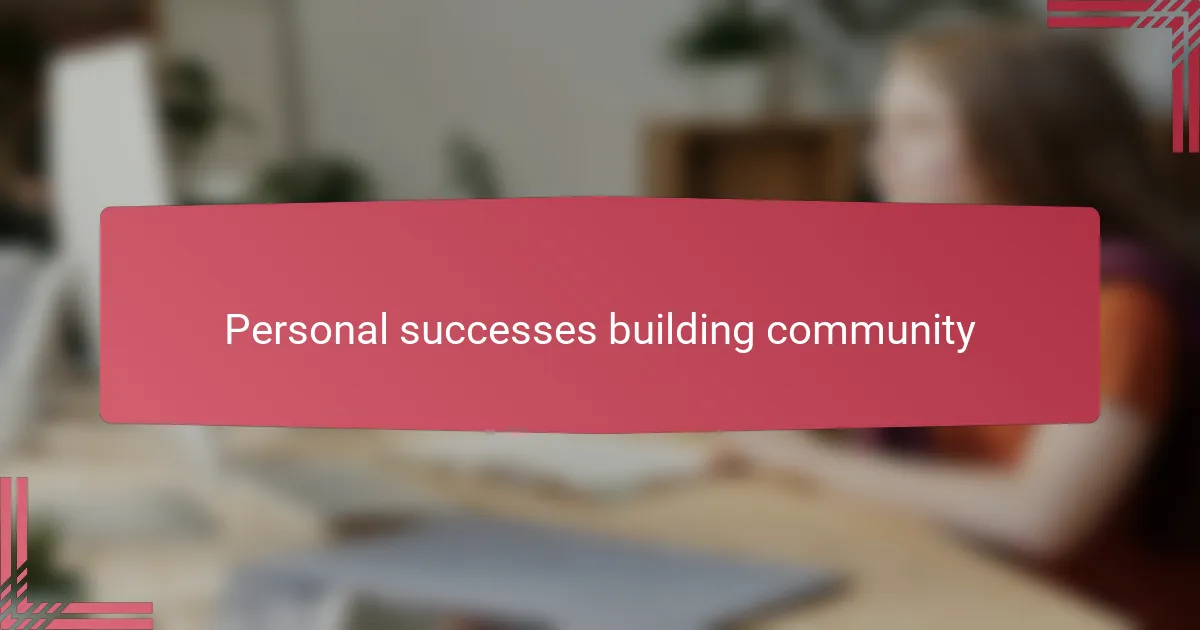Key takeaways
- ClassDojo enhances communication between teachers and families, fostering community and building trust through real-time feedback and personalized interactions.
- The platform encourages a culture of positivity by celebrating small wins, which encourages students to recognize and support each other’s strengths.
- Teachers can use ClassDojo to highlight social justice themes and involve students in setting community goals, creating a sense of shared values and purpose.
- While ClassDojo has many benefits, challenges include managing notifications and ensuring inclusive access for all families, highlighting the importance of balanced communication.

Understanding ClassDojo benefits
ClassDojo quickly became more than just a tool for me; it was a bridge to connect with families and students in ways I hadn’t imagined. Have you ever felt that moment when a parent sends a message appreciating a child’s progress? That personal touch made all the difference in building trust and a true community.
What struck me most was how ClassDojo celebrates small wins, turning everyday efforts into shared victories. When a student earns points for kindness or participation, it’s not just about rewards—it fosters a culture of positivity that spreads beyond my classroom walls.
I also realized that ClassDojo offers real-time feedback, which helped me tune into what students needed emotionally and academically. Isn’t it powerful to have a pulse on the classroom dynamic and respond instantly? This feature truly transformed the way I connected with my students on a deeper level.

Exploring ClassDojo features for teachers
One feature I appreciated right away was the ability to customize the classroom avatar and message feed. It might seem small, but this personalization made my virtual classroom feel more welcoming and unique to my students. Have you ever noticed how little touches like that can boost a child’s sense of belonging?
The messaging system stands out, too. Being able to send quick notes or share photos directly with families created an open line of communication that I hadn’t had before. It felt less formal and more like a warm conversation, breaking down barriers between home and school.
I found the activity reports particularly insightful. They gave me concrete data on each student’s participation and behavior without taking extra time to track it manually. This meant I could focus more on what was happening in the moment, making me feel more present and responsive as a teacher.

Using ClassDojo to foster community
Using ClassDojo to foster community felt natural once I saw how it encouraged students to recognize each other’s strengths. When a student earned a point for teamwork, others cheered—those moments sparked a sense of belonging that was hard to create before. Have you experienced how celebrating kindness can change the vibe in a room? I certainly did.
What surprised me was how families became part of this community, not just observers. Parents would comment on their child’s daily achievements and sometimes share stories from home, which made our classroom feel extended beyond four walls. This ongoing conversation built trust and reminded me how important connection is in education.
ClassDojo’s culture of positivity grew steadily, almost organically, through simple, consistent encouragement. I noticed students started looking out for one another, inspired by the shared goals we set together. Isn’t that the kind of community every teacher dreams of nurturing? From my experience, ClassDojo gave me the tools to make it happen.

Strategies for activist teachers with ClassDojo
One strategy I found powerful was using ClassDojo’s messages to highlight social justice themes. Instead of generic praise, I tailored points and comments to recognize acts like standing up against unfairness or showing empathy toward others. Have you ever seen how that kind of recognition motivates students differently? It shifts the focus from just individual behavior to shared values, creating a purposeful classroom culture.
I also made it a habit to involve students in setting community goals through ClassDojo. We collectively decided what kindness or activism looked like in our space, then tracked progress as a team. This collaboration gave students ownership and made the positive behavior more meaningful—it wasn’t just about earning points but about living our principles daily.
Lastly, I used ClassDojo’s family communication tools to share not only classroom news but also resources and events linked to activism. Sending articles, community opportunities, or discussion prompts sparked conversations beyond school hours. Doesn’t it feel rewarding when your teaching extends into families’ lives, creating a ripple effect of awareness and action? That connection deepened our community far beyond what I initially expected.

Challenges faced with ClassDojo use
At first, I didn’t anticipate how challenging managing ClassDojo’s constant notifications could be. Have you ever felt distracted by endless alerts? Balancing timely communication with avoiding overload took some trial and error on my part.
Another hurdle was ensuring every family accessed the platform equally. Some parents struggled with technology or preferred other communication styles, which sometimes left gaps in our community connection. It made me rethink how inclusive my approach really was.
I also wrestled with the tension between celebrating individual achievements and fostering collective growth. Did awarding points sometimes unintentionally create competition rather than collaboration? Navigating that balance required thoughtful tweaks to how I framed successes within the class culture.

Personal successes building community
One moment that stands out for me was when a shy student, usually quiet in class, suddenly received points for helping a peer with a difficult task. The way her classmates rallied around her afterward showed me just how powerful ClassDojo can be in nurturing genuine support. Have you ever witnessed that spark of confidence light up a child’s face? It’s unforgettable.
I also found joy in seeing families share little victories beyond the school day—parents sending photos of projects or stories about their children applying classroom values at home. These exchanges made me realize community-building isn’t just about what happens in the room; it’s about weaving a network of care that crosses boundaries. Doesn’t that kind of connection make the hard work feel worthwhile?
Sometimes, it was the simple, consistent affirmations that built the strongest bonds. When I consistently acknowledged considerate gestures or team effort through ClassDojo, I noticed a shift: students began to hold each other accountable and celebrate successes together. That resonance of shared responsibility felt like planting seeds for a lasting community, something I think every teacher hopes to nurture.